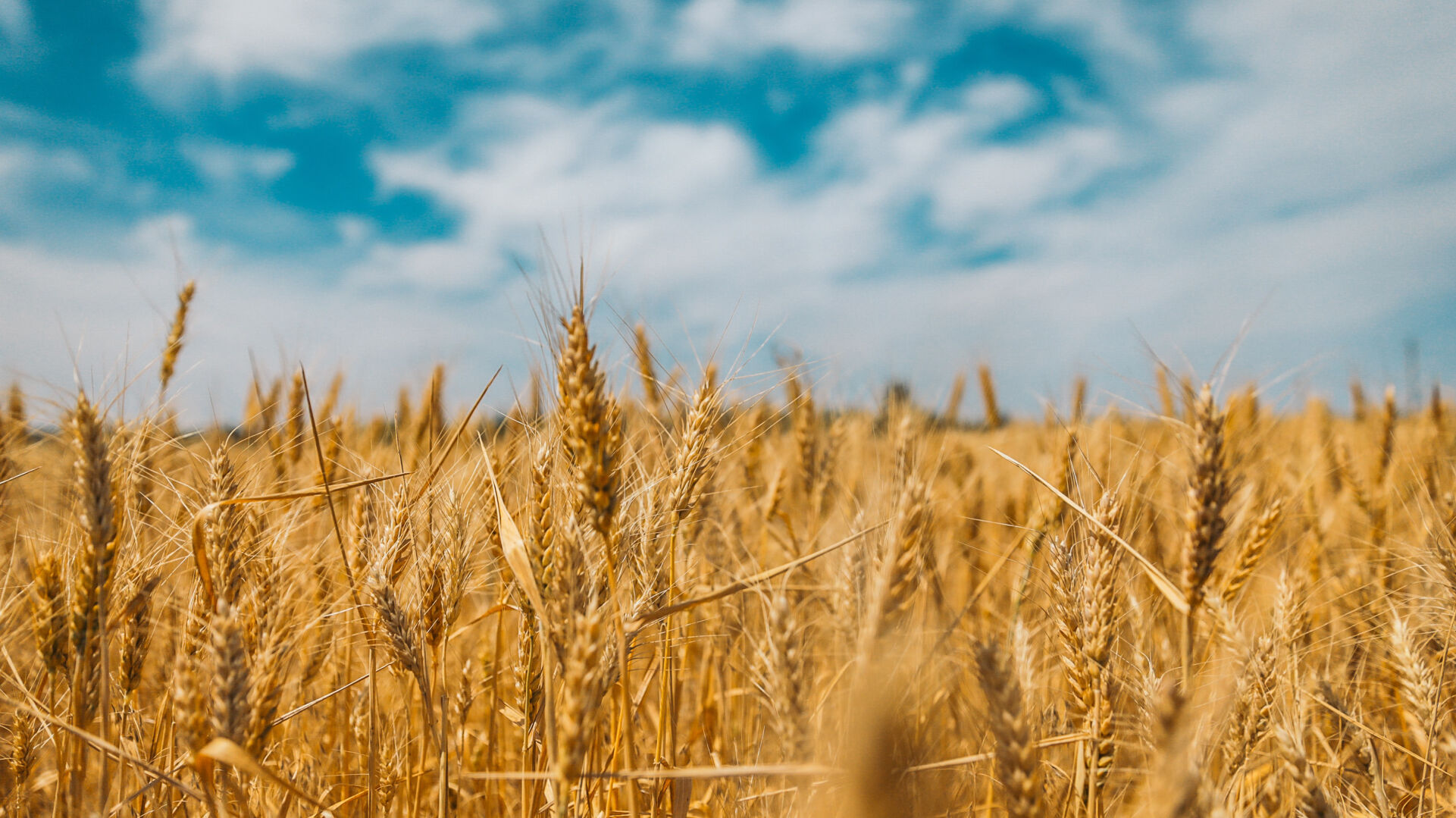A crystal ball is not available to help United States farmers and ranchers maneuver through the impact of Russia’s invasion of Ukraine, but insight can make a difference.
As grain markets have soared over the past few weeks, so have fuel prices. Two professors who have been studying the crisis were presenters on the Kansas State University Risk and Profit Online Mini-Conference “Ukraine and Russian Conflict.”
Allen Featherstone, with the Department of Agricultural Economics, said the invasion has led to an endless stream of rumors, some of which are true, and some way off base. Focusing on facts, he hopes, will ease fear in the agricultural sector.
Ukraine is a relatively small country in comparison to Russia and U.S. with a gross domestic product per capita ($12,400) that is about half of Russia’s ($26,500). The U.S. GDP per capital is $60,200. Ukraine’s population is 42.7 million compared to Russia’s population of 142.3 million. The U.S. population is about 335 million.
One region Featherstone focuses on is the Black Sea, which is the lifeblood for Ukraine to export its agricultural products.
“As the conflict continues it is important to know if there is damage to seaports and how soon they can be repaired,” he said.
Wheat is the big concern as both Ukraine and Russia are important producers. Russia is third, and the Ukraine is eighth. The U.S. is fourth, as Featherstone noted, and this country has reduced its number of acres planted over the past 20 years. Russia is the top exporter of wheat, followed by the U.S. and Ukraine is fifth.
Egypt is the top importer of Russian and Ukraine wheat. In 2020, Egypt imported 8.25 million metric tonnes of wheat from Russia and 3 million metric tonnes from Ukraine. Turkey also imports 7.9 million metric tonnes from Russia and 1 million metric tonnes from Ukraine. Indonesia is the No. 2 destination for Ukraine exports at 2.7 million metric tonnes. Bangladesh is also an important customer for both countries as it imports 3.5 million metric tonnes.
Significant disruptions could occur to the world corn market and to a lesser degree to the world soybean market, he said.
China has been increasing its purchases of corn from Ukraine, which in 2017 sold 2 million metric tonnes to China but by 2020 the level had reached 7.712 million metric tons. The Netherlands and Egypt are also important destination countries at just under 3 million metric tons each.
The Ukraine has 2.6% of the global corn production and in 2020 raised 30.3 million metric tons compared to Russia’s 13.9 million metric tons. The Ukraine exported nearly 28 million metric tons while Russia exported 2.29 million metric tons. Ukraine has 14.5% of global exports.
“It took Russia and Ukraine to get going as a producer for corn,” he said, as they are most associated with wheat production but both countries are important to the global export system.
Featherstone noted China’s purchases and its proximity to Ukraine.
Other information needs to be compiled on sunflower and oil seed markets. Overall, the effect on livestock trade would be much less when compared to crops.
The impacts would be for poultry in Ukraine and Russia and pork in Russia. He forecast less significance in the beef and dairy sectors. Other concerns with the lingering conflict are damages to the infrastructure from fuel to fertilizer for Ukraine producers, Featherstone said.
Brian Briggeman, who is the director of the Arthur Capper Cooperative Center, focused his presentation on inflation and inflationary factors. While the U.S. is not involved in the conflict, he notes that wars tend to drive up inflation rates
The inflation rate, which was recorded at 7% in 2021, has stayed longer as a result of energy, durable goods and supply chain issues. The country went through an unprecedented shutdown in spring 2020 as a way to fight the COVID-19 pandemic. Once the shutdown ended the economy responded but the impact was felt throughout the supply chain from parts and supplies to durable goods—most notably for new and used cars.
Workers re-entered the job market and wages have gone up, plus stimulus monies helped consumers but drove up the federal deficit, he said.
Sign up for HPJ Insights
Our weekly newsletter delivers the latest news straight to your inbox including breaking news, our exclusive columns and much more.
Some pundits thought inflation was “transitory” and would be short term but that has not been the case. “The tail is much longer,” he said.
Briggeman expects the Federal Reserve to begin increasing interest rates in 2022 and take other actions to attempt to bring down the inflation rate to 2%. The Fed has indicated it plans at least two interest rate hikes this year.
Agricultural producers will be watching the value of the dollar—if it strengthens it makes U.S. exports more expensive, Briggeman said.
There are many concerns. Agricultural producers need to focus on what they can control, he said. Producers might want to consider strengthening their balance sheet in terms of liquidity and solvency, look for ways to increase efficiency from a cost and operational basis and consider fixed rate financing when applicable as rates.
This period is different for producers in comparison to the late 1970s that led to the farm crisis of the 1980s, he said, as interest rates for land purchases have remained at historic lows. Briggeman also noted that most interest in buying farmland has originated from fellow producers who see it is a good long-term investment that complements what they are already doing.
Dave Bergmeier can be reached at 620-227-1822 or [email protected].




